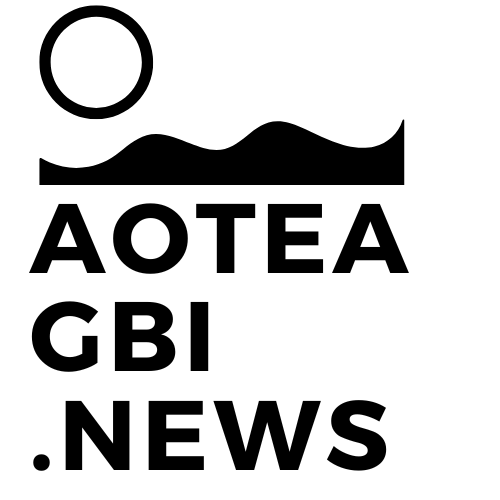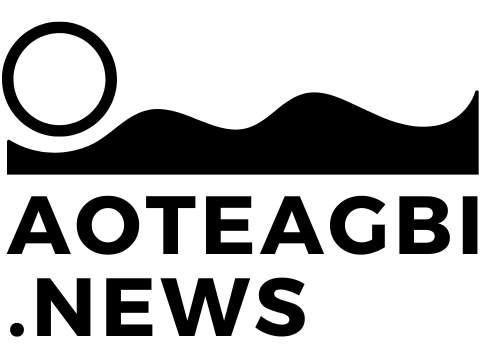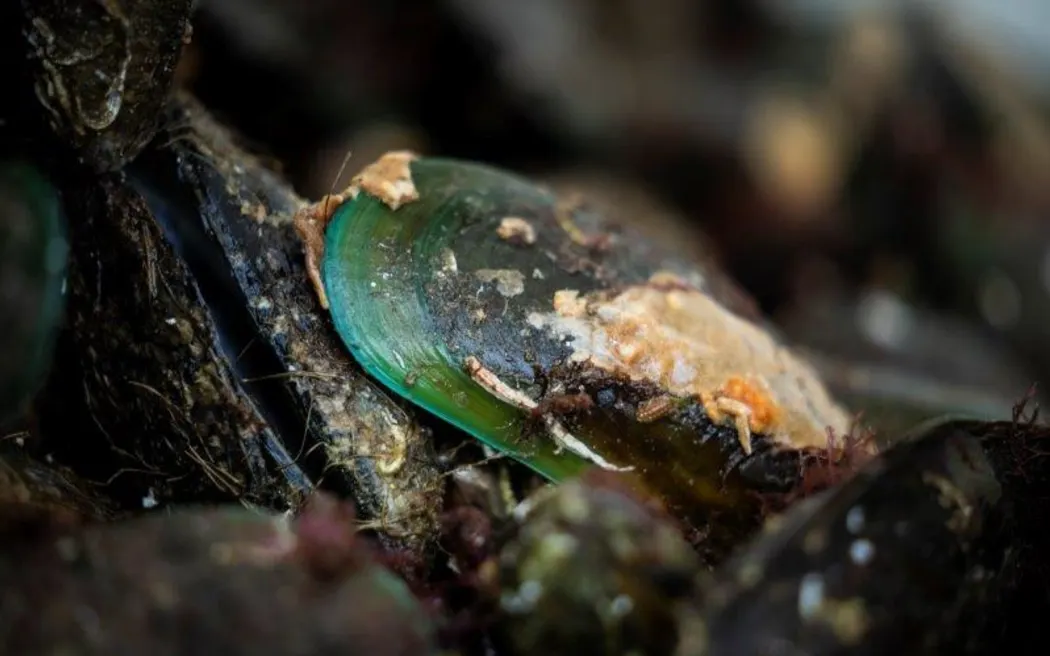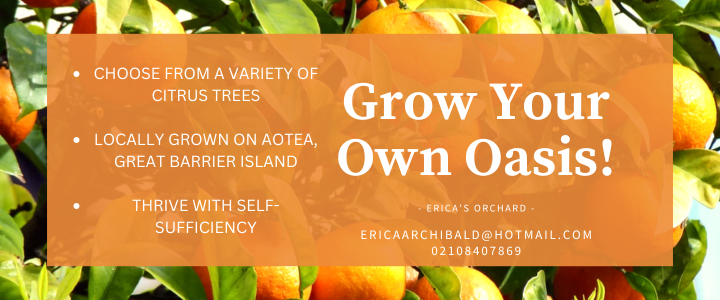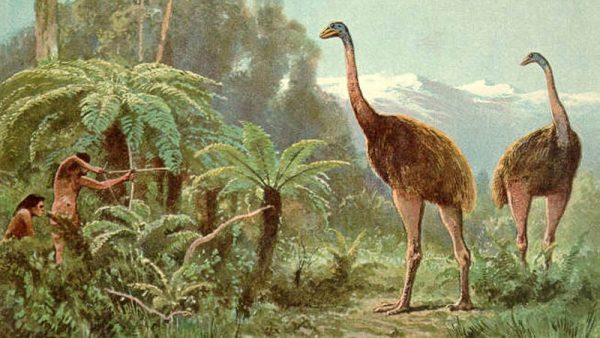Over time, the gulf was dredged of green-lipped mussels, leading to their complete disappearance. Photo / NIWA / Rebekah Parsons-King
Seven million kūtai (green-lipped mussels) will be deployed into the Hauraki Gulf, Te Moananui-ā-Toi, Tīkapa Moana to reverse the impacts of destructive fishing practices, invasive species, climate change, and acidifying waters.
Ngāti Manuhiri Settlement Trust, as a partner of the Revive Our Gulf project, will place millions of kūtai in Kawau Bay, between Kawau Island and the mainland, on Monday 29 July.
“Kūtai are crucial to maintaining the health of our wai (water) but our once abundant kūtai populations have been severely depleted by human activity and climate change,” says Ngāti Manuhiri Settlement Trust.
“By re-establishing these kūtai reefs, we are taking decisive action to reverse human impacts on the Gulf and give our wai a fighting chance to ensure it is stable enough to support us now and into the future.”
Dr. Jenny Hillman, from the University of Auckland’s Institute of Marine Science, is the science lead for Revive Our Gulf and involved in the cutting-edge marine research.
“We are learning as we go and it’s a huge ongoing effort. This scale of work that Ngāti Manuhiri is driving is a world-first in restoring these types of shellfish,” says Dr. Hillman.
Kūtai are ecosystem engineers, providing food, shelter, and protection for diverse species as well as filtering impurities from the seawater. In the 1950s and 60s, extensive mussel reefs were dredged to the point of collapse, and despite mussel farming, wild mussels never returned in large numbers.
“Healthy shellfish in the Hauraki Gulf are key to healthy marine ecosystems. We need to bring them back,” says Revive our Gulf programme director, Katina Conomos.
“We are developing knowledge for how to restore kūtai populations in Te Moananui-ā-Toi at scale. Ngāti Manuhiri Settlement Trust is a very committed partner to this kaupapa, and their bold leadership is essential to this mission.”
The spat, or baby kūtai, are collected from Te Oneroa-a-Tōhe (Ninety Mile Beach), grown to size on a mussel farm in Coromandel, and brought to the Gulf by barge. This deployment is the second conducted in partnership with the Ngāti Manuhiri Settlement Trust and is part of a wider project to develop knowledge around the restoration of kūtai reefs throughout the Hauraki Gulf.
Dr. Hillman says her work on the project is part of a wider shellfish restoration project she’s involved with, including restoration at the top of the South Island, working with multiple iwi.
“All of this research feeds into trying to understand how to restore lost shellfish species, such as kūtai, which are what we are putting in here.
“This particular deployment in the Gulf is looking at different densities of mussels at two different sites, so we will monitor the survival of the mussels over time, as well as other aspects of the ecosystem such as biodiversity.”
Dr. Hillman had three Science doctoral students working with her on this deployment – Sophie Roberts, Katherine Burnham, and Brandy Biggar – and many others involved in the overall mussel restoration research project.
“One of the other problems we are facing across the Gulf is the spread of the invasive seaweed exotic Caulerpa,” says a spokesperson from Ngāti Manuhiri Settlement Trust.
“Some techniques used to remove exotic Caulerpa involve chlorine and benthic liners to smother it; however, this can have a brutal scorching effect on the seabed and upset the conditions needed for our native plants and fish stocks to thrive.
“Kūtai can help to filter the wai (water) and restore it to ideal conditions for our marine life to flourish, particularly kōura (crayfish) and tāmure (snapper).”
One of Revive Our Gulf’s core partners is the Nature Conservancy, and its country director for Aotearoa, Abbie Reynolds, says the kūtai restoration project is an internationally recognized example of successful Indigenous partnership.
“The way that this project works hand in hand with mana whenua is particularly exciting, upholding the mana of all involved, and we are honoured to be a part of this important conservation work with the wider benefits that it entails.”
The kūtai drop will occur on Monday 29 July, weather permitting.
